
My Education
What I learned in College?
1st Level

C++ A fast, efficient language used for system development, games, and high-performance applications.
Covers fundamental computing concepts, including hardware, software, and algorithms.
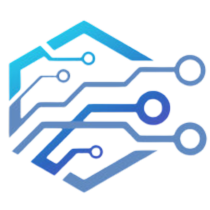
Studies electrical circuits, components, and systems used in modern technology.
Focuses on designing and analyzing digital circuits using logic gates and Boolean algebra.
Develops logical thinking and algorithmic approaches to tackle computational challenges.

Explores the economic principles behind computing resources, software, and digital markets.
2end Level
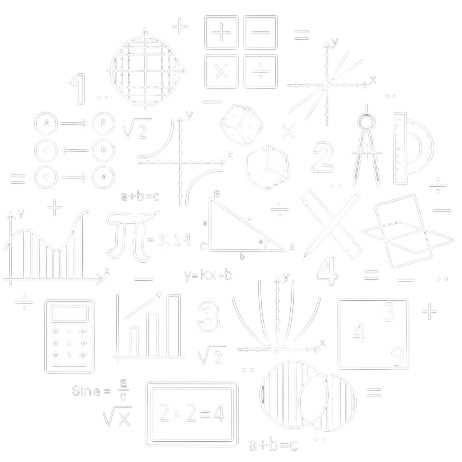
Studies fundamental mathematical concepts like logic, sets, relations, graphs, and combinatorics in computing.
Focuses on designing software using classes, objects, inheritance, and polymorphism.
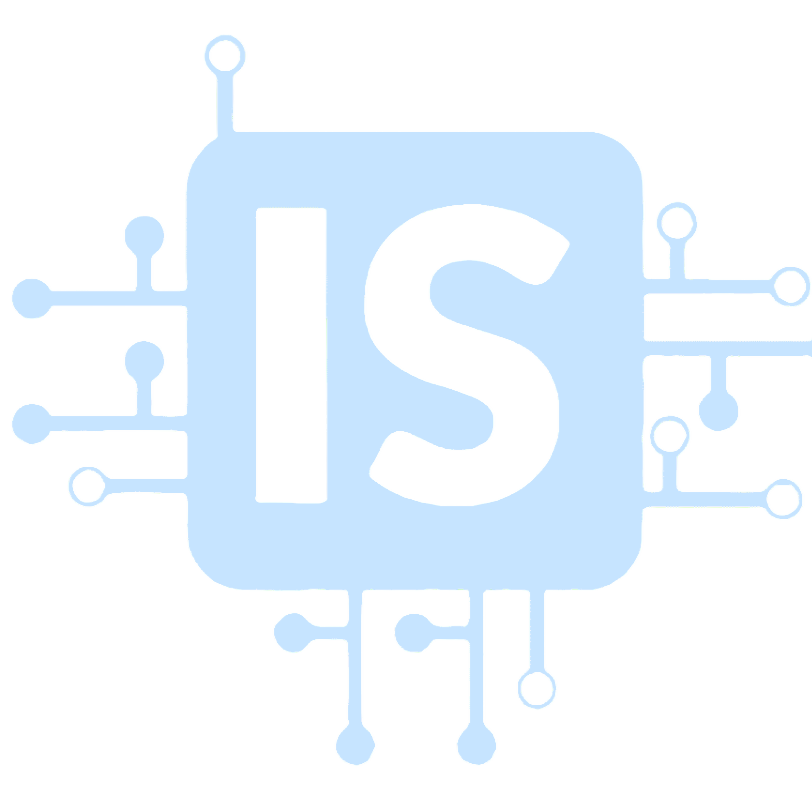
Covers the role of information systems in organizations, including data management, networking, and business applications.
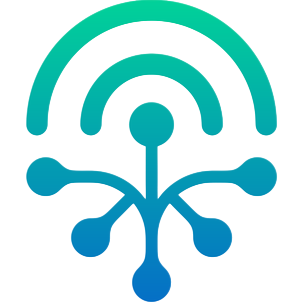
Focuses on analyzing and processing digital signals for applications in audio, image, and communication systems.
Covers contemporary management principles, strategies, and organizational leadership in today's business environment.
Studies efficient ways to organize, store, and manage data using structures like arrays, linked lists, stacks, and trees.
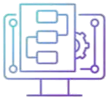
Covers planning, execution, and control of projects to achieve goals within scope, time, and budget constraints.

Focuses on planning, modeling, and implementing information systems to meet business requirements.

Explores file storage, access methods, and disk management, including coding operations for efficient data handling.

Covers data analysis, probability theory, and statistical methods for decision-making and problem-solving.
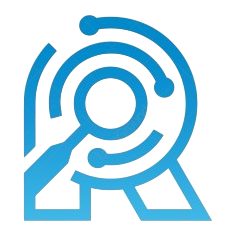
Focuses on optimization techniques like linear programming to solve complex decision-making problems.
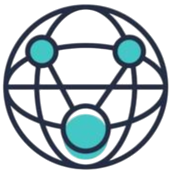
Explores emerging technologies, scientific advancements, and their potential impact on society.
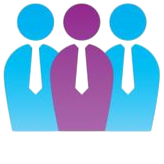
Covers business innovation, startup development, and strategies for launching and managing new ventures.
3erd Level

Introduces fundamental AI concepts, including basic search algorithms and problem-solving techniques.
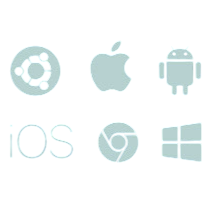
Covers core concepts like process scheduling, kernels, memory management, and deadlock handling.

Focuses on designing, developing, and maintaining software using structured methodologies and best practices.

Explores techniques for discovering patterns and insights from large datasets using tools like IBM SPSS.

Covers CPU structure, memory systems, and instruction sets, following M. Morris Mano's Computer System Architecture.
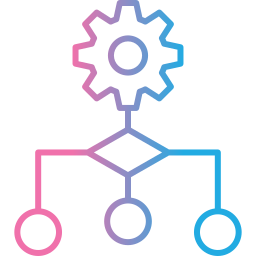
Covers complexity analysis, algorithm paradigms, and key sorting and search algorithms.

Focuses on low-level programming concepts, including memory management and basic compiler fundamentals.
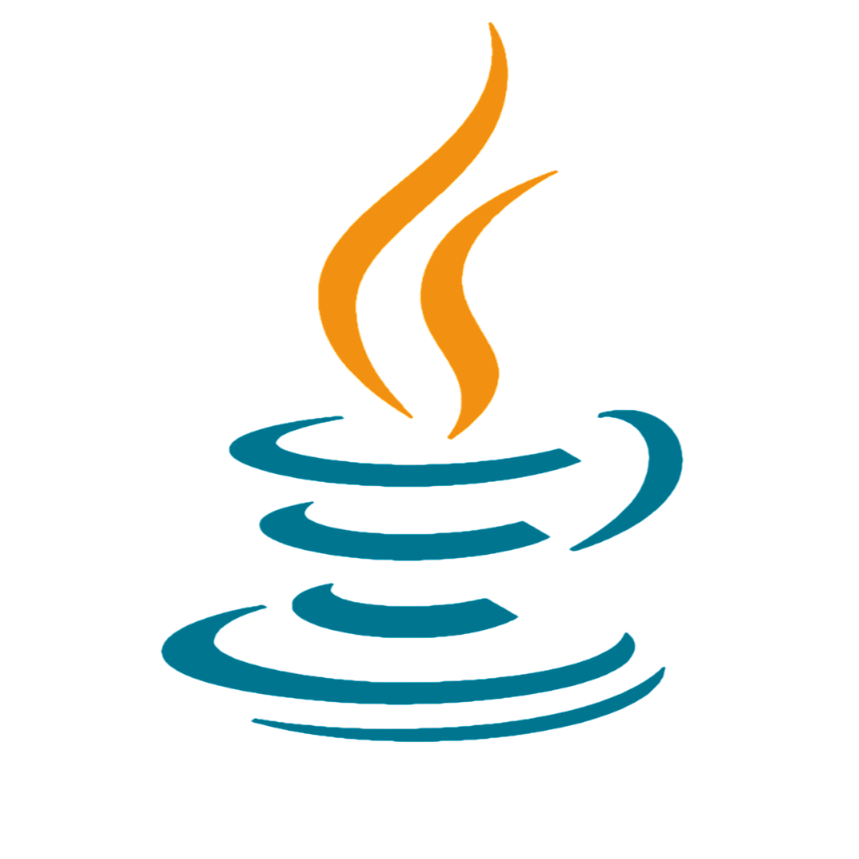
Focuses on Java syntax, core features, and programming concepts for building applications.

Used in AI course labs for implementing basic search algorithms and problem-solving techniques.
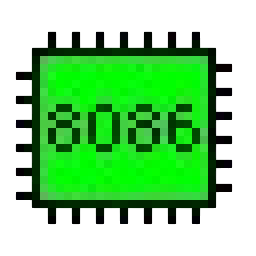
Used in Computer Architecture labs for low-level programming and hardware interaction.

Applied in Software Engineering labs to manage projects using Agile methodologies and iterative development.
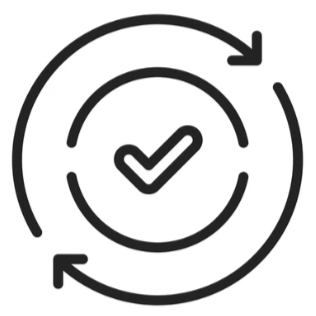
Covers formal languages, automata models (DFA, NFA, PDA, Turing machines), and their role in computational theory.
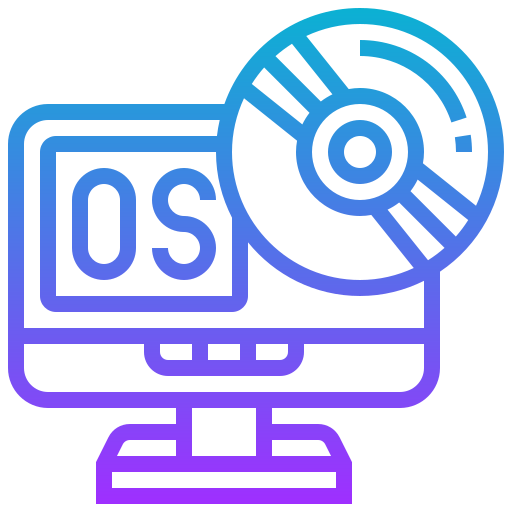
Covers distributed systems, concurrency, synchronization, and advanced process management. Labs focused on containerization with Docker.
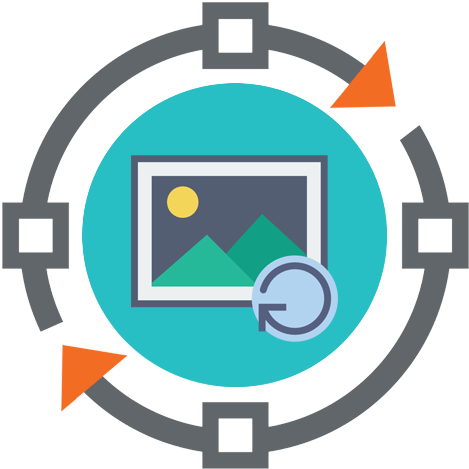
Covers image enhancement, filtering, transformation, and analysis techniques. Labs focused on MATLAB-based image processing.
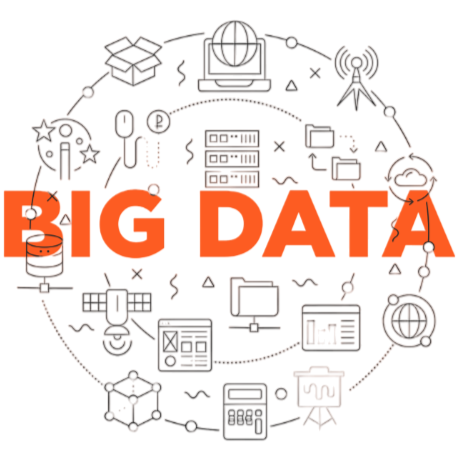
Covers data storage, processing, and analytics for large-scale datasets. Labs focused on using Hadoop for big data processing.

Covers networking principles, protocols, and communication models. Labs focused on network simulation using Packet Tracer.

Covers database design, SQL, and transaction management. Labs focused on Oracle database systems.
Covers containerization, application deployment, scalability, and portability using images, containers, and networking.

Focuses on relational database management, SQL optimization, transaction processing, and enterprise-level data handling using Oracle Database.
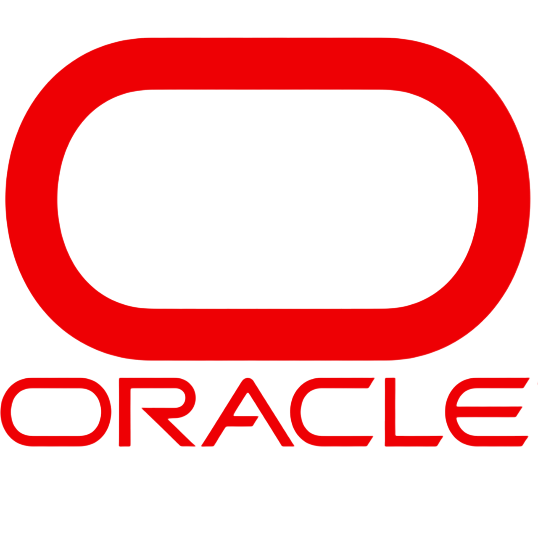
Focuses on database management, SQL queries, and transaction processing using Oracle DBMS.
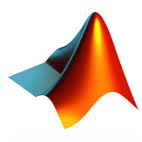
Used for numerical computing, data visualization, and image processing in engineering and science applications.
4th Level
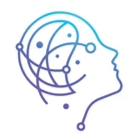
Machine Learning focuses on algorithms that enable computers to learn from and make predictions or decisions based on data.
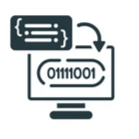
Compiler Construction involves designing and building compilers that translate high-level programming languages into machine code.

Intro To Computer Security covers fundamental concepts of protecting computer systems and networks from threats and vulnerabilities.
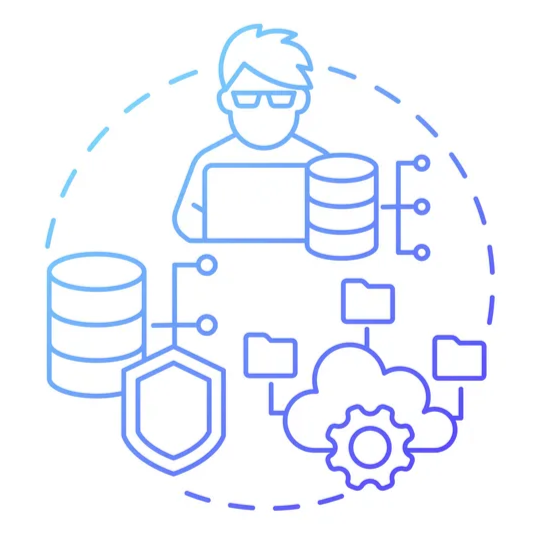
Database Administration focuses on the management, maintenance, and optimization of database systems to ensure data integrity and performance.
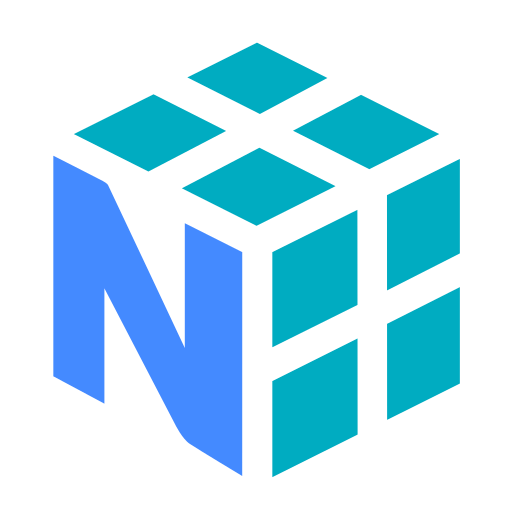
Numby is a powerful library for numerical computing in Python, providing support for arrays, matrices, and mathematical functions.
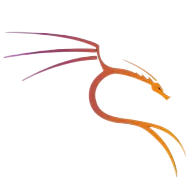
Kali Linux is a Debian-based Linux distribution designed for digital forensics and penetration testing.
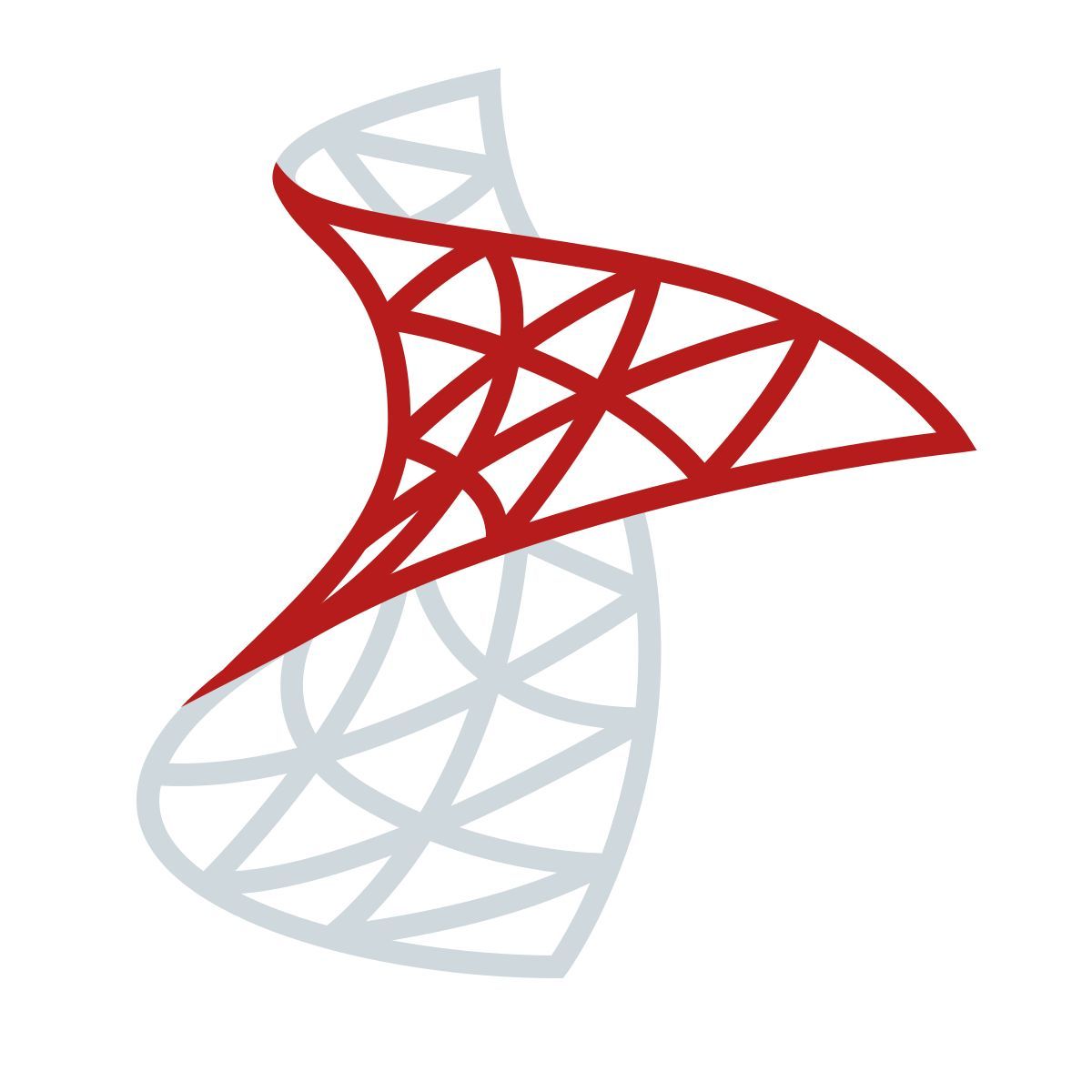
SQL Server is a relational database management system developed by Microsoft, designed to store and retrieve data as requested by other software applications.
